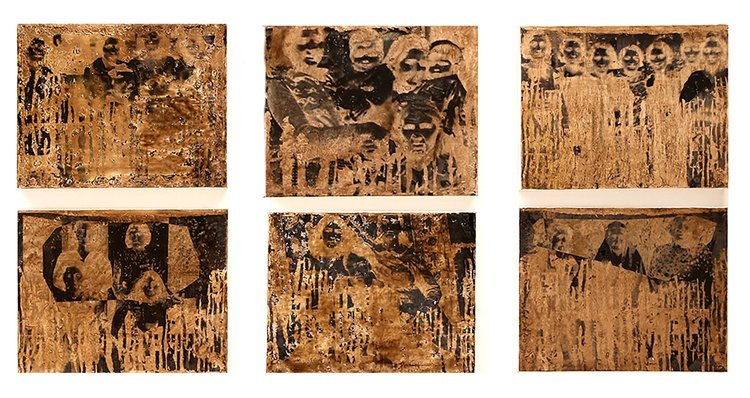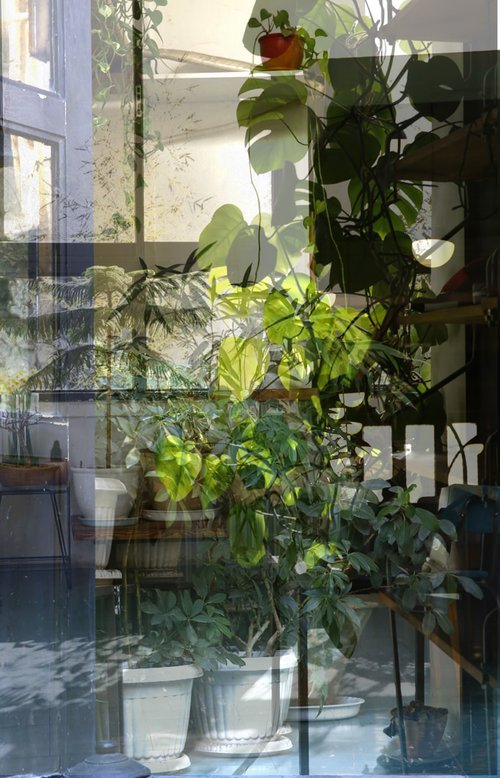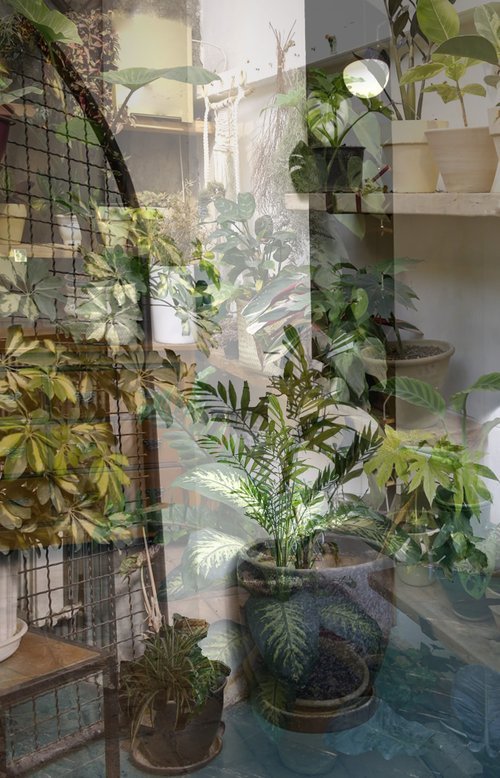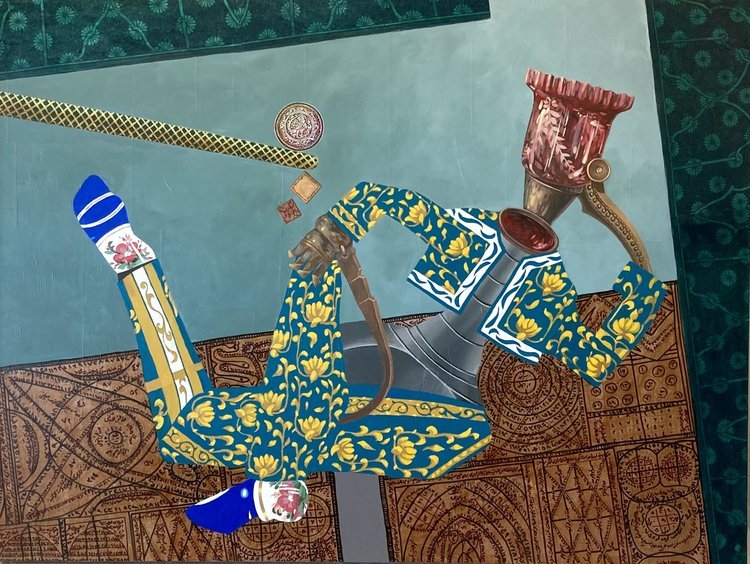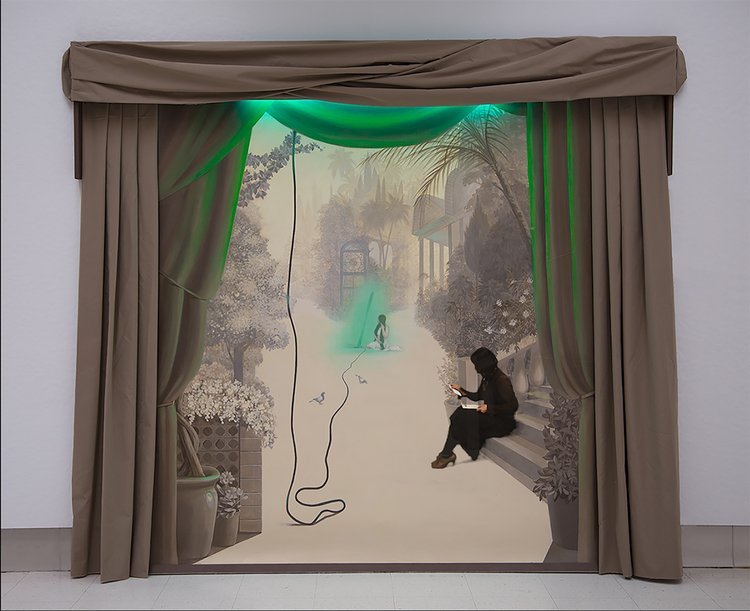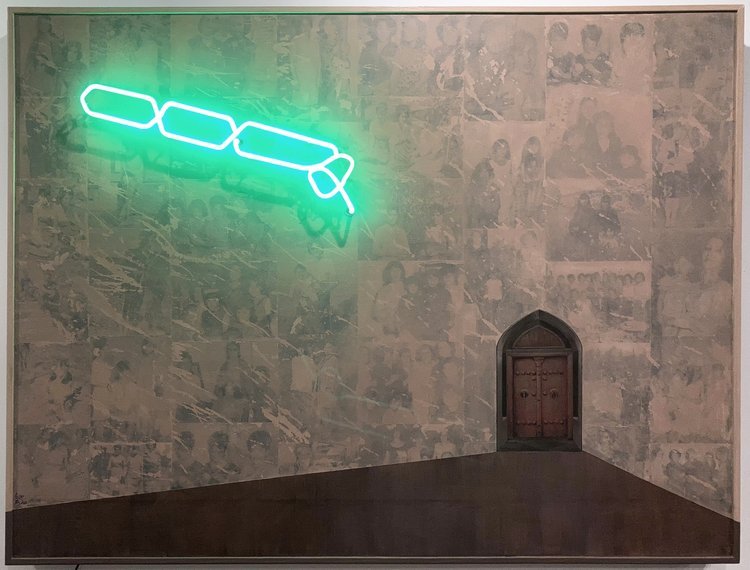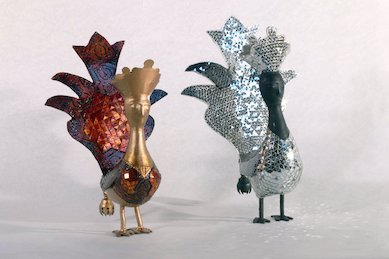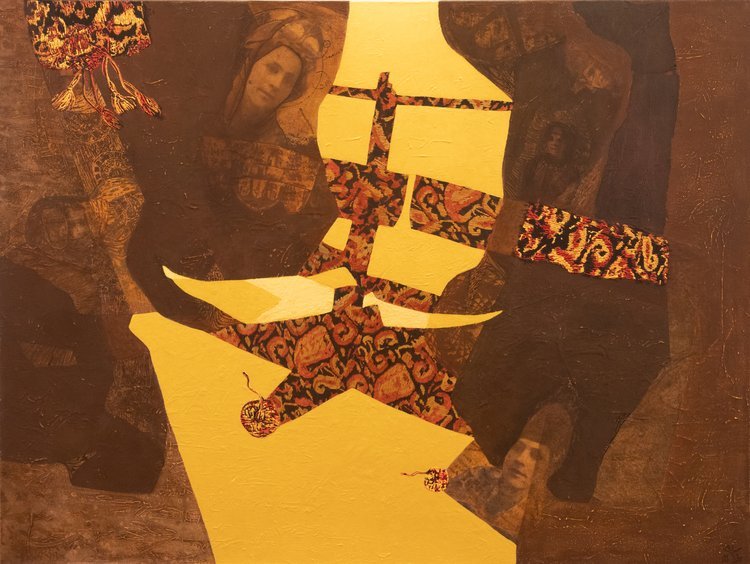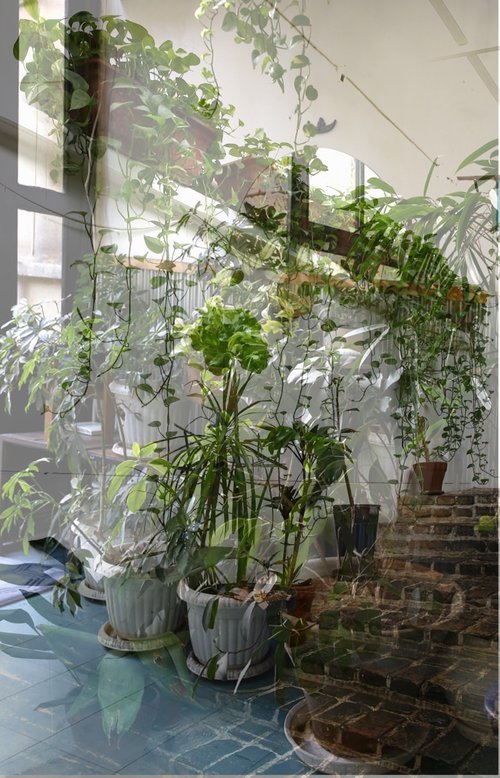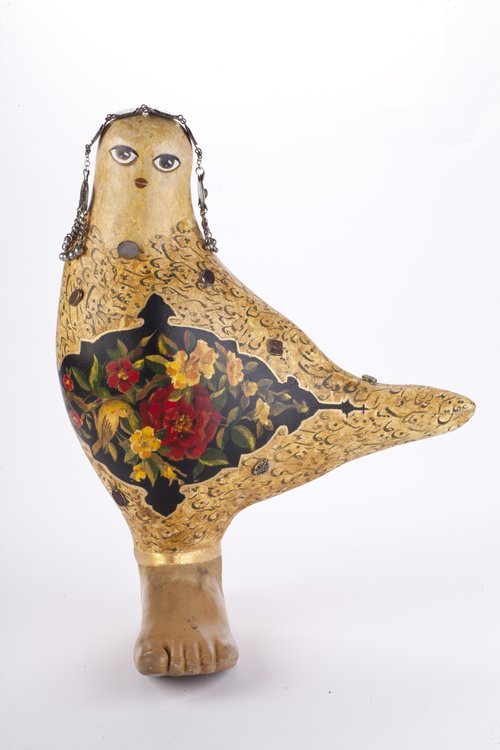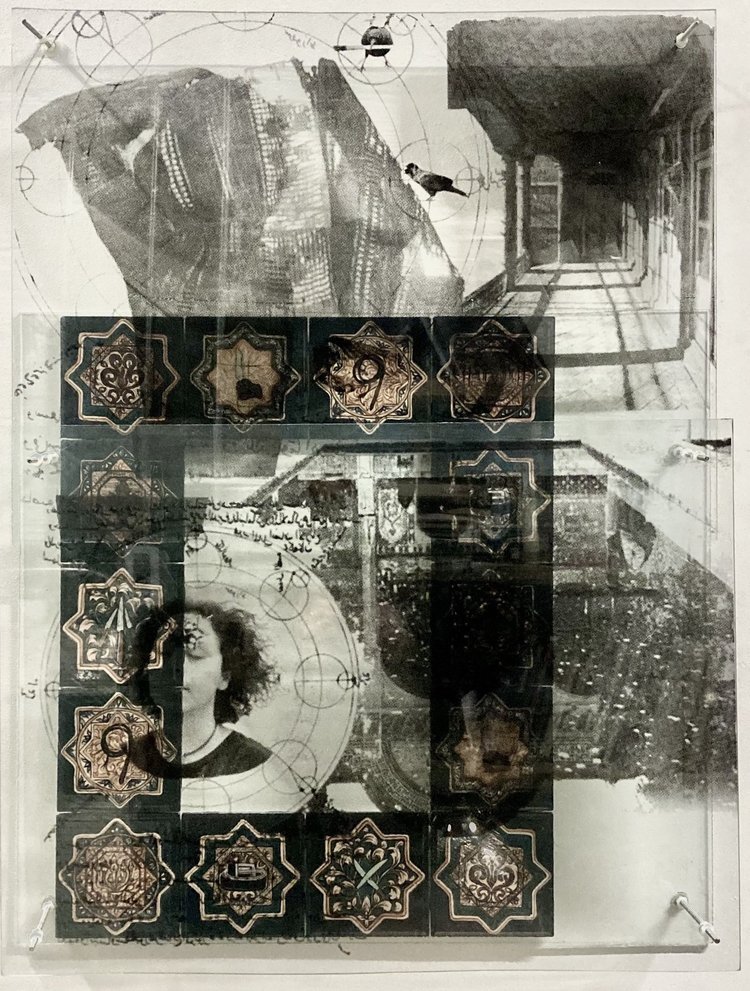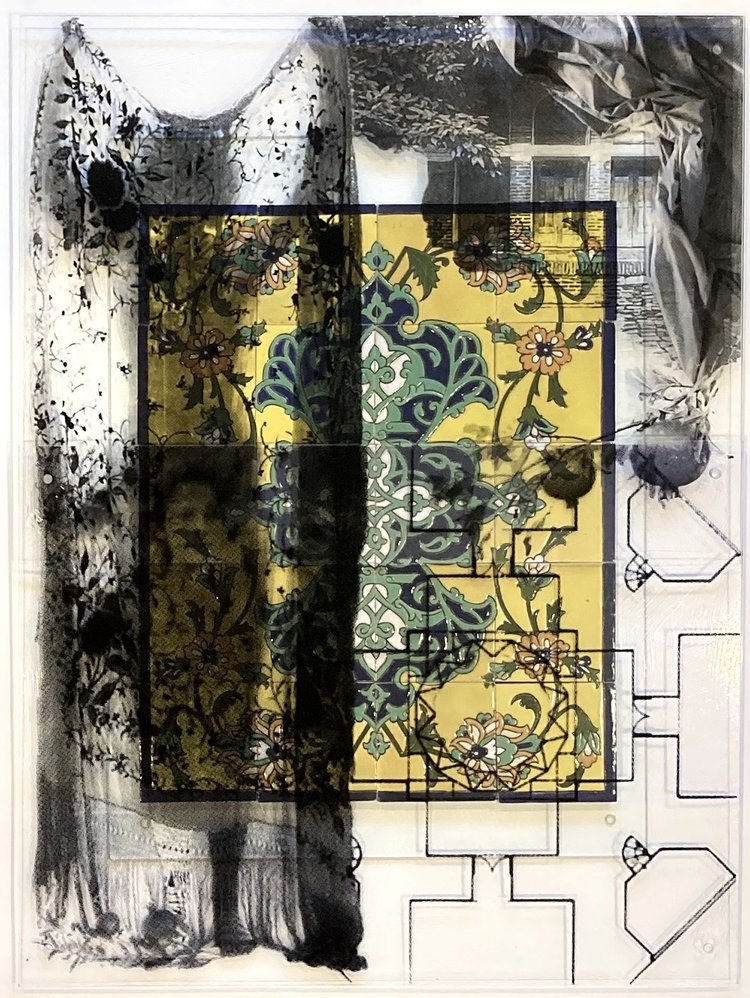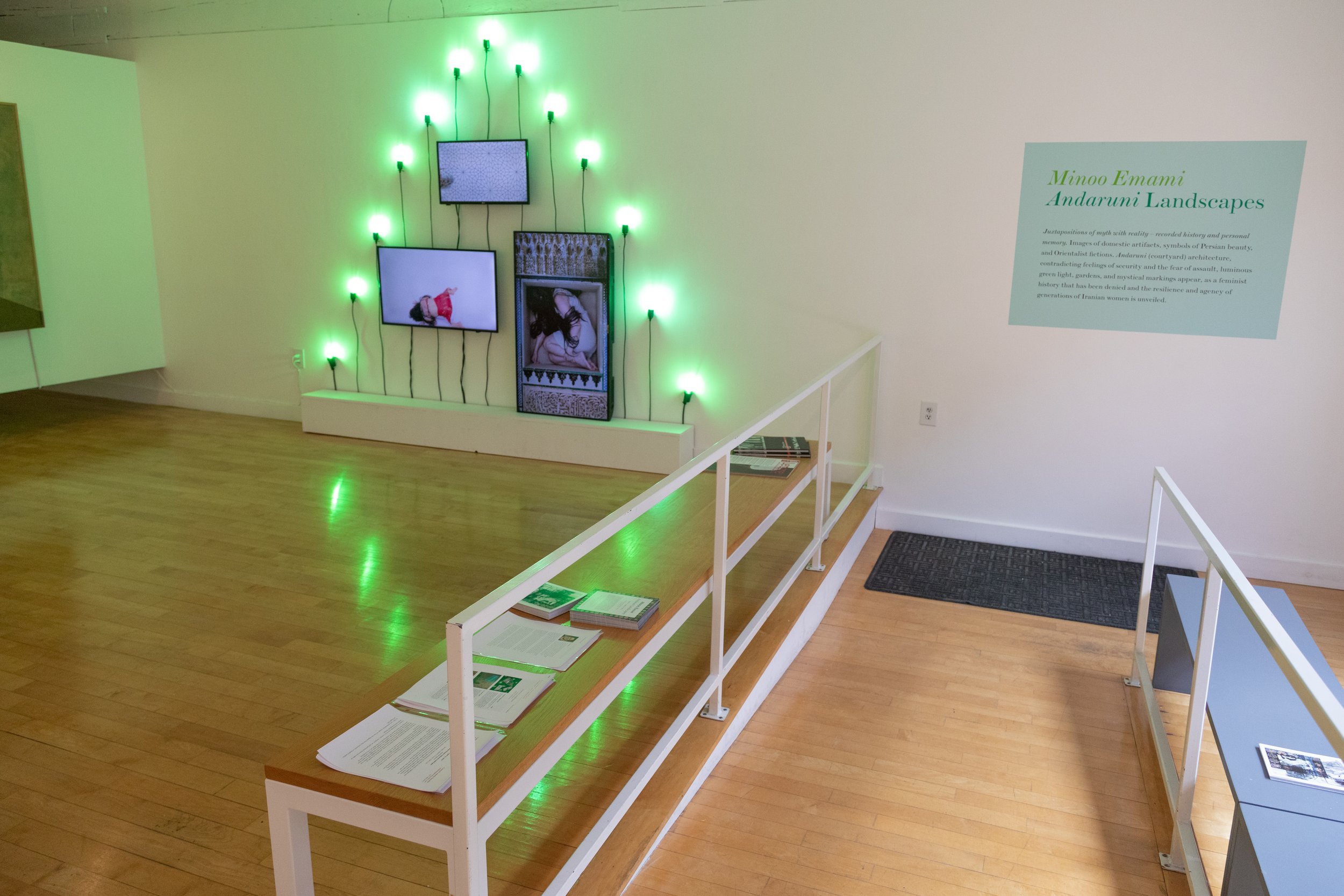
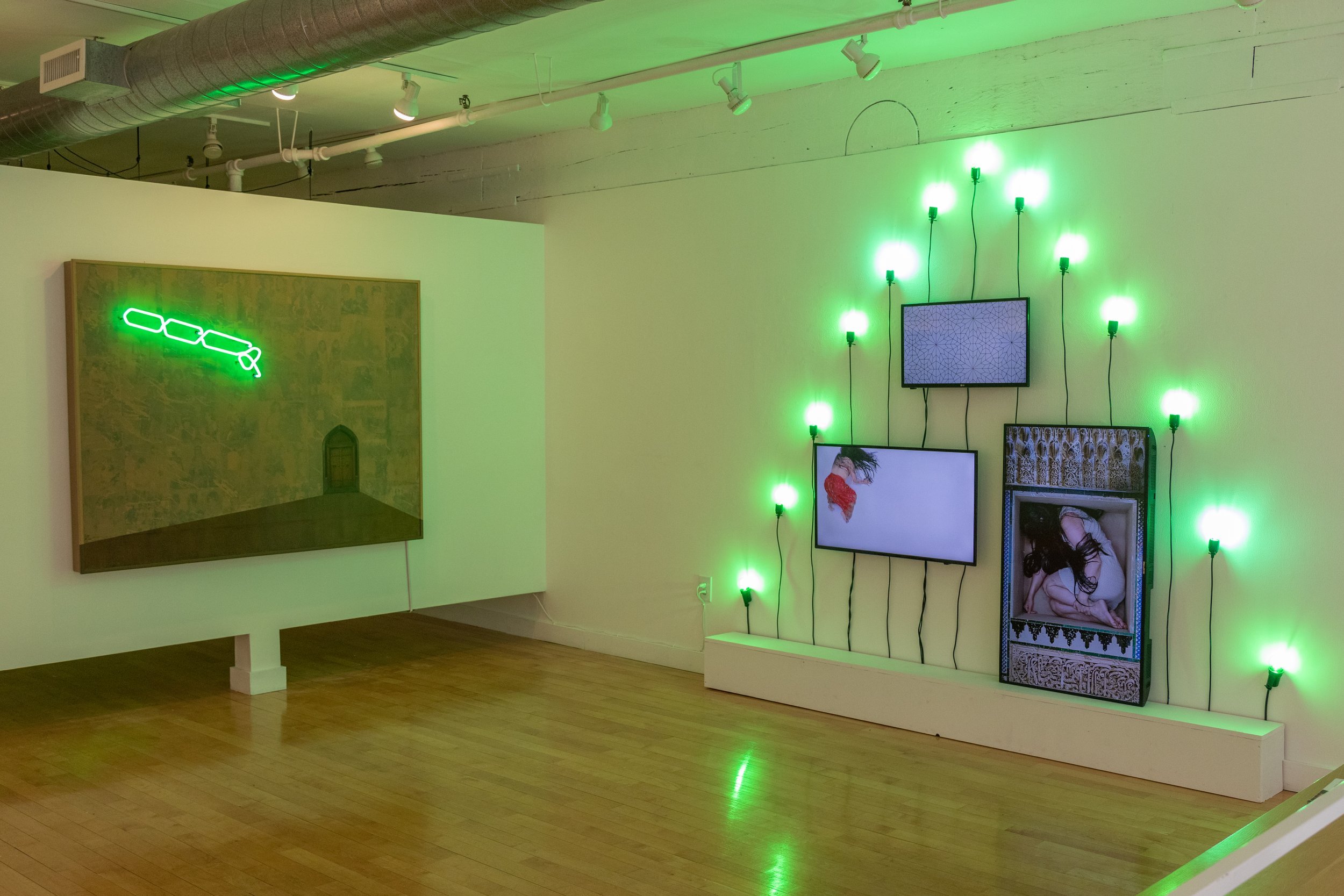
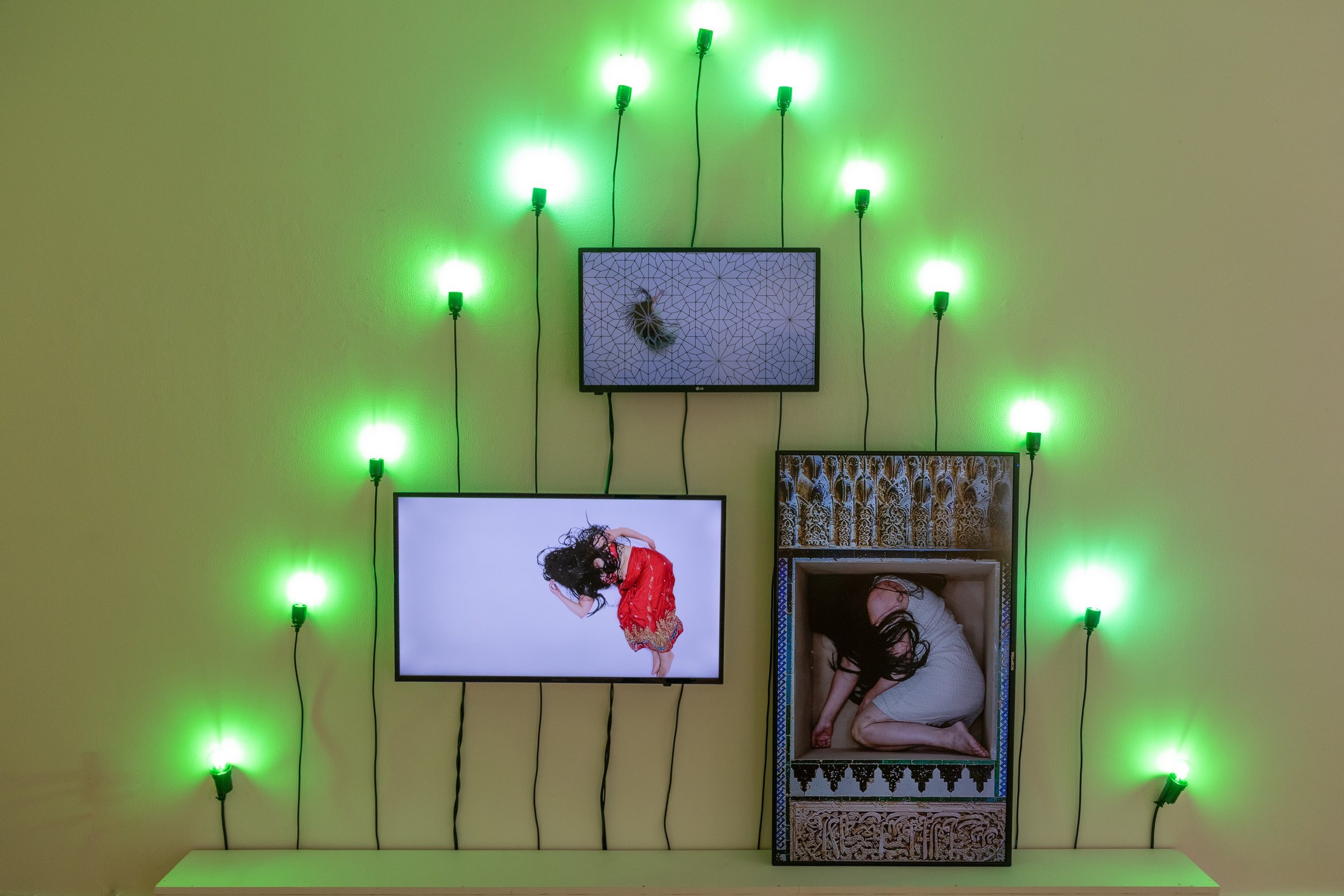
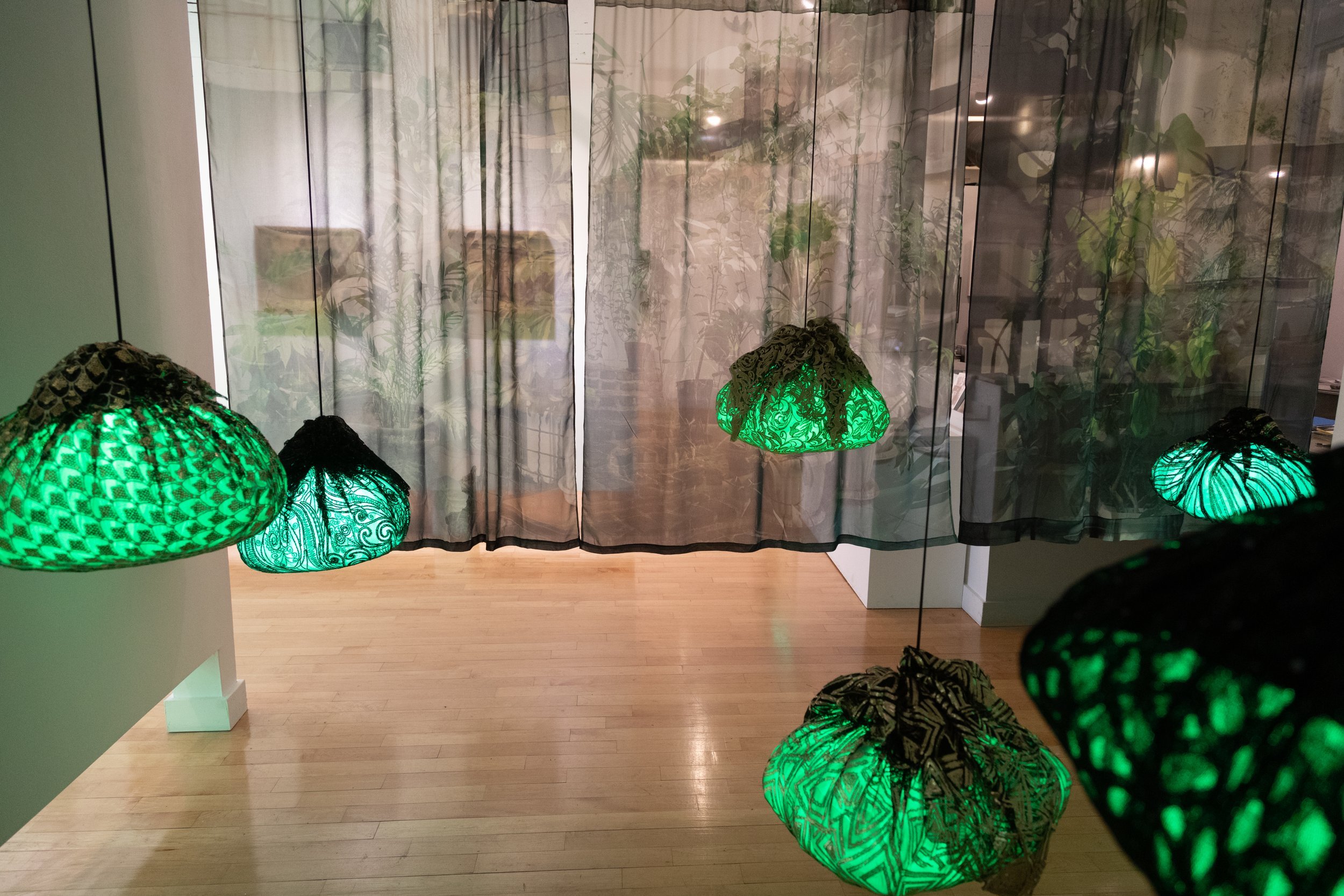
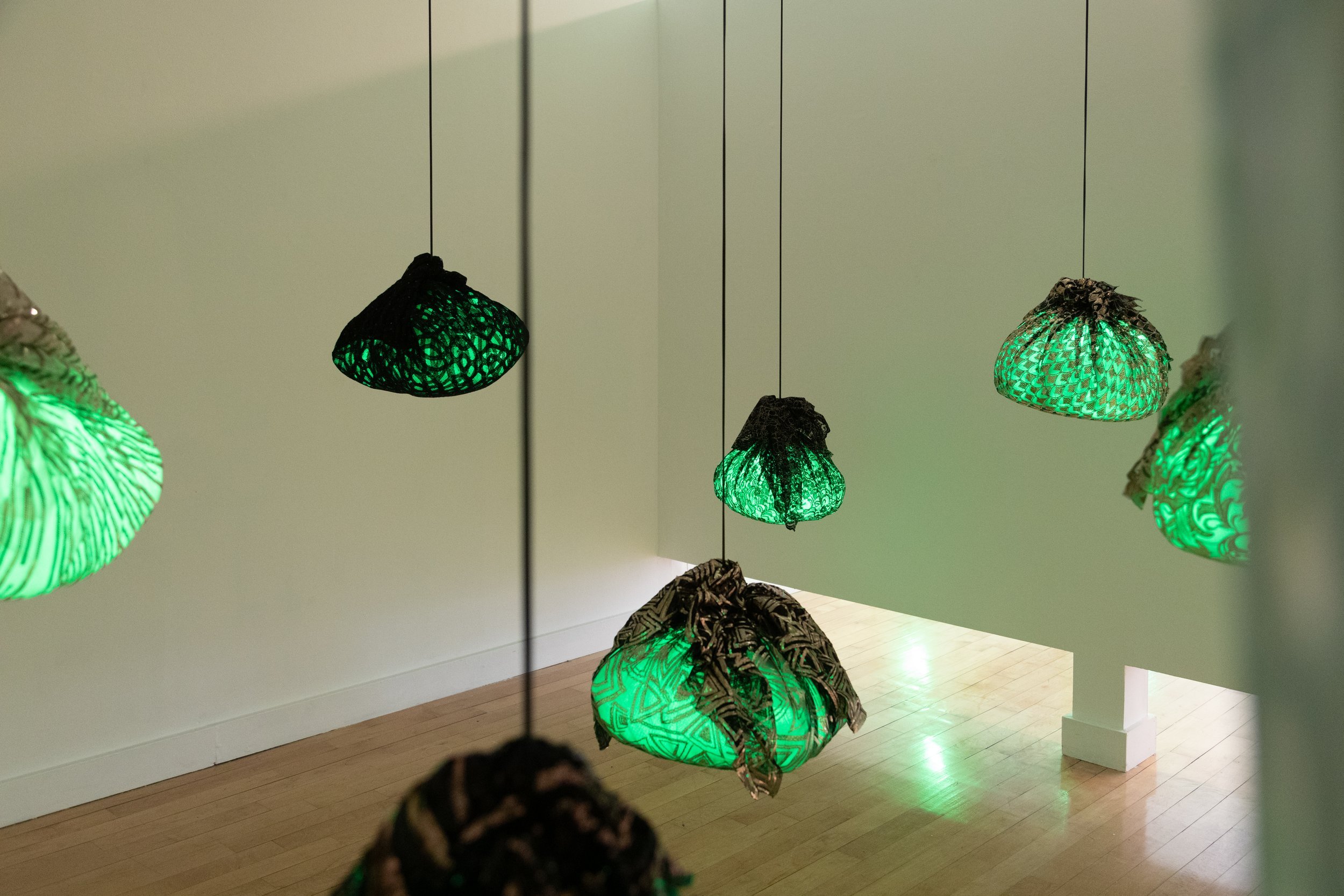
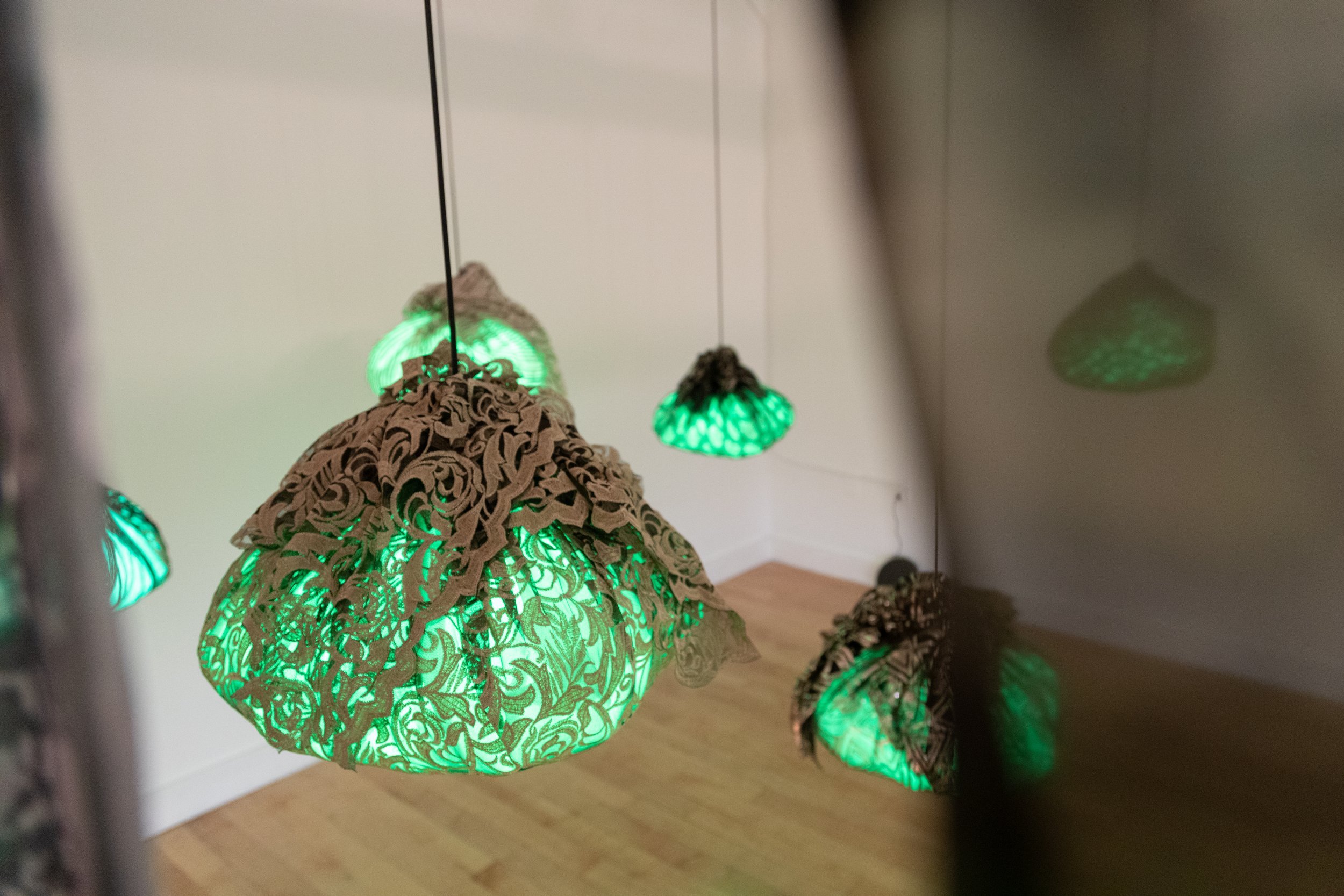


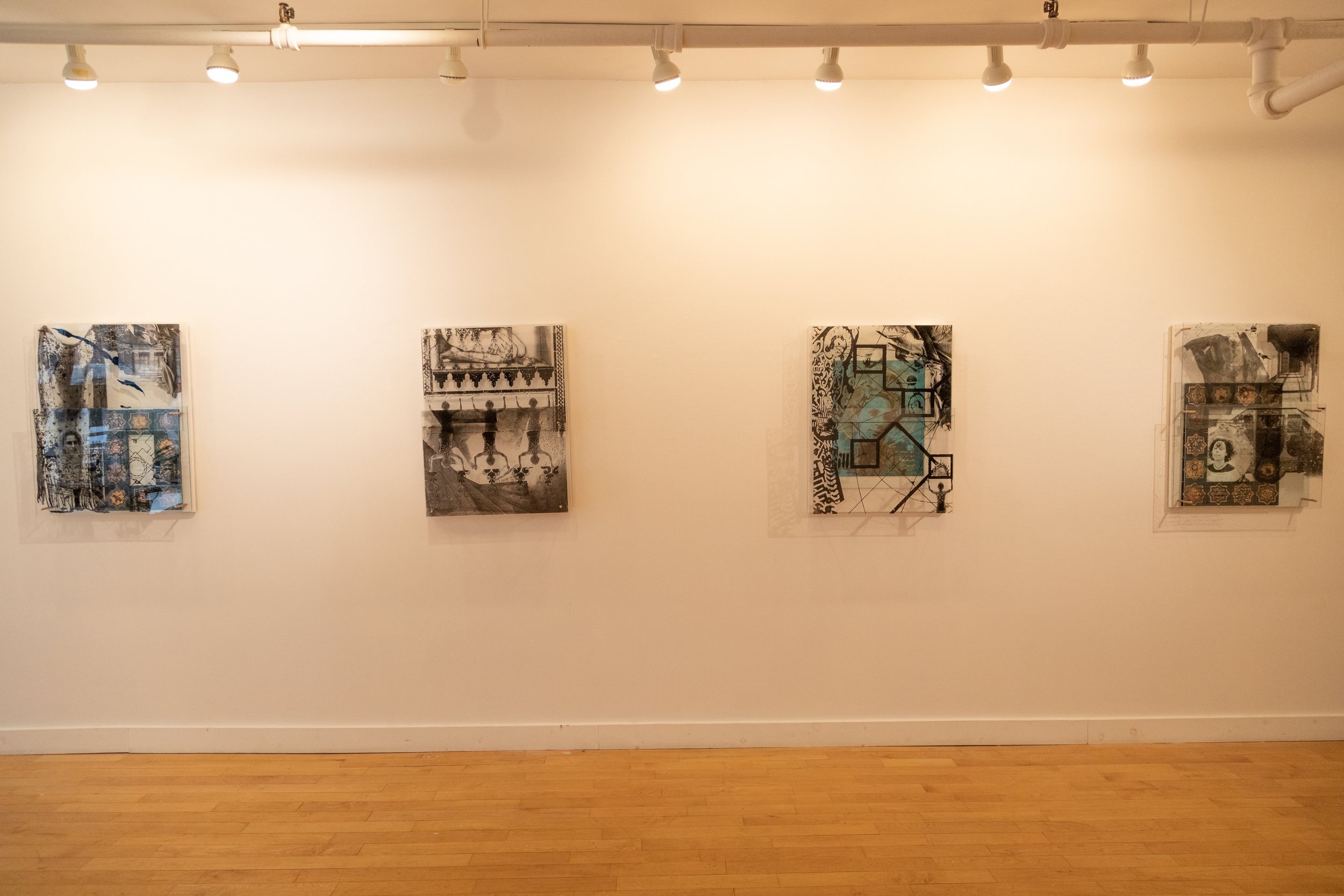

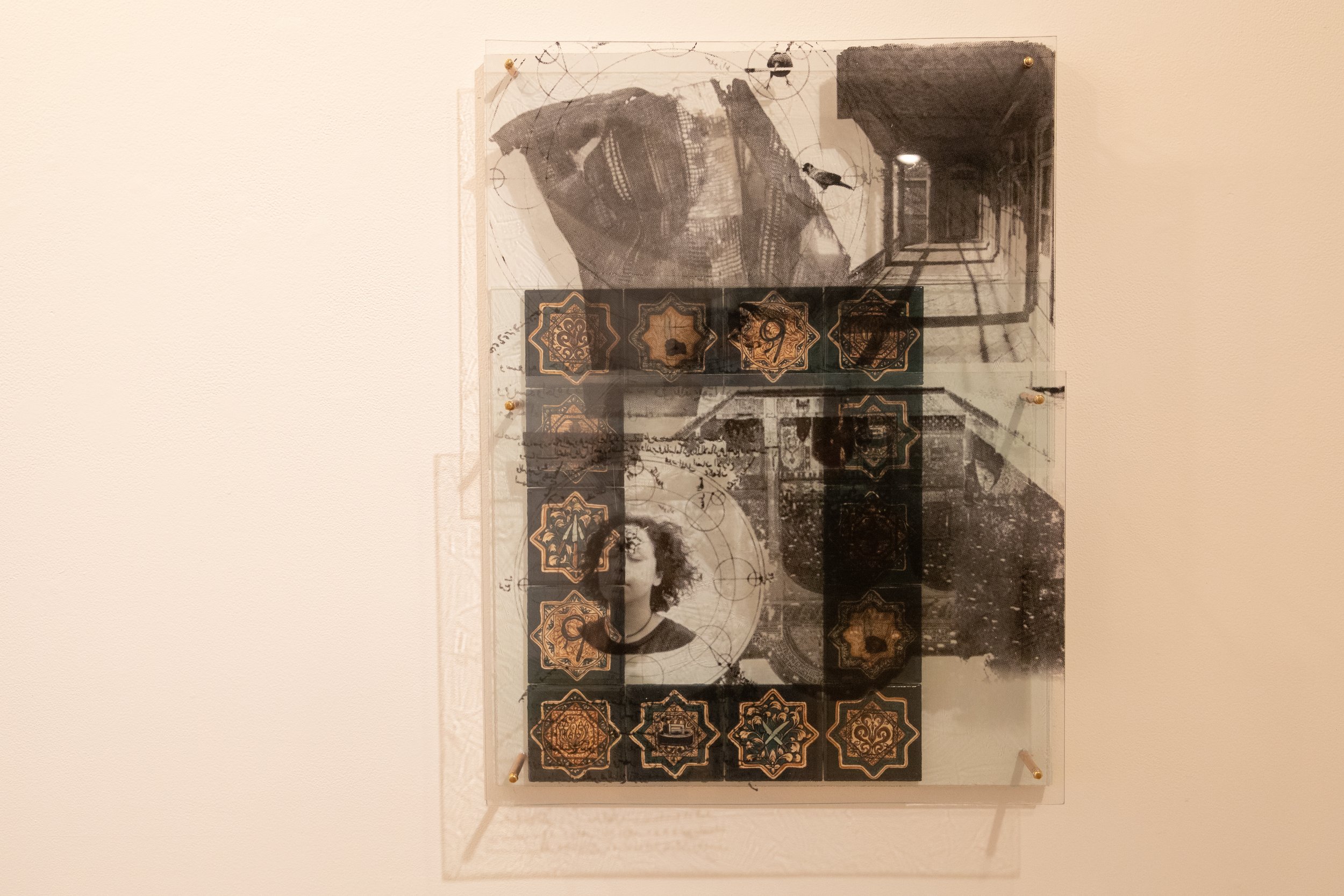


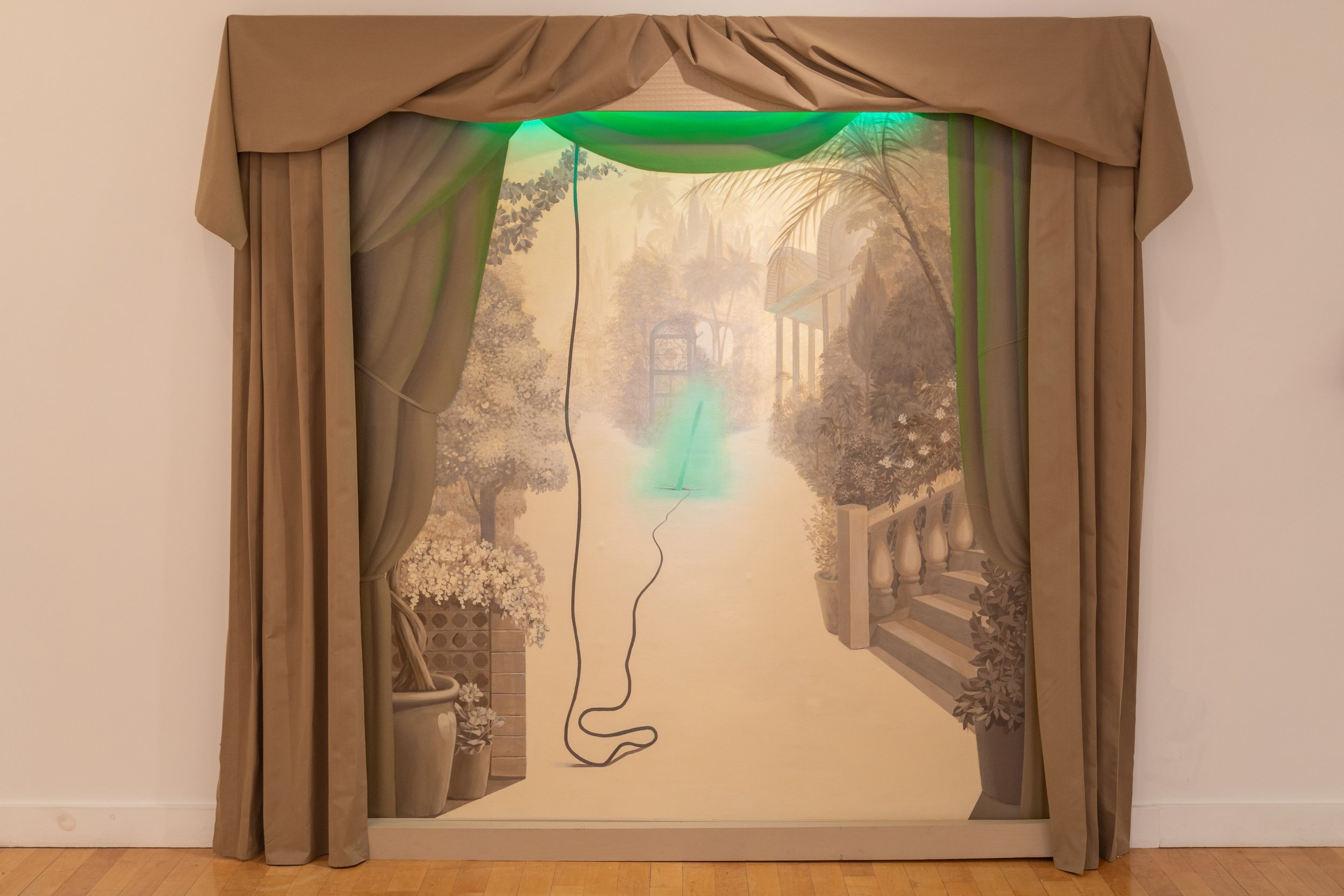
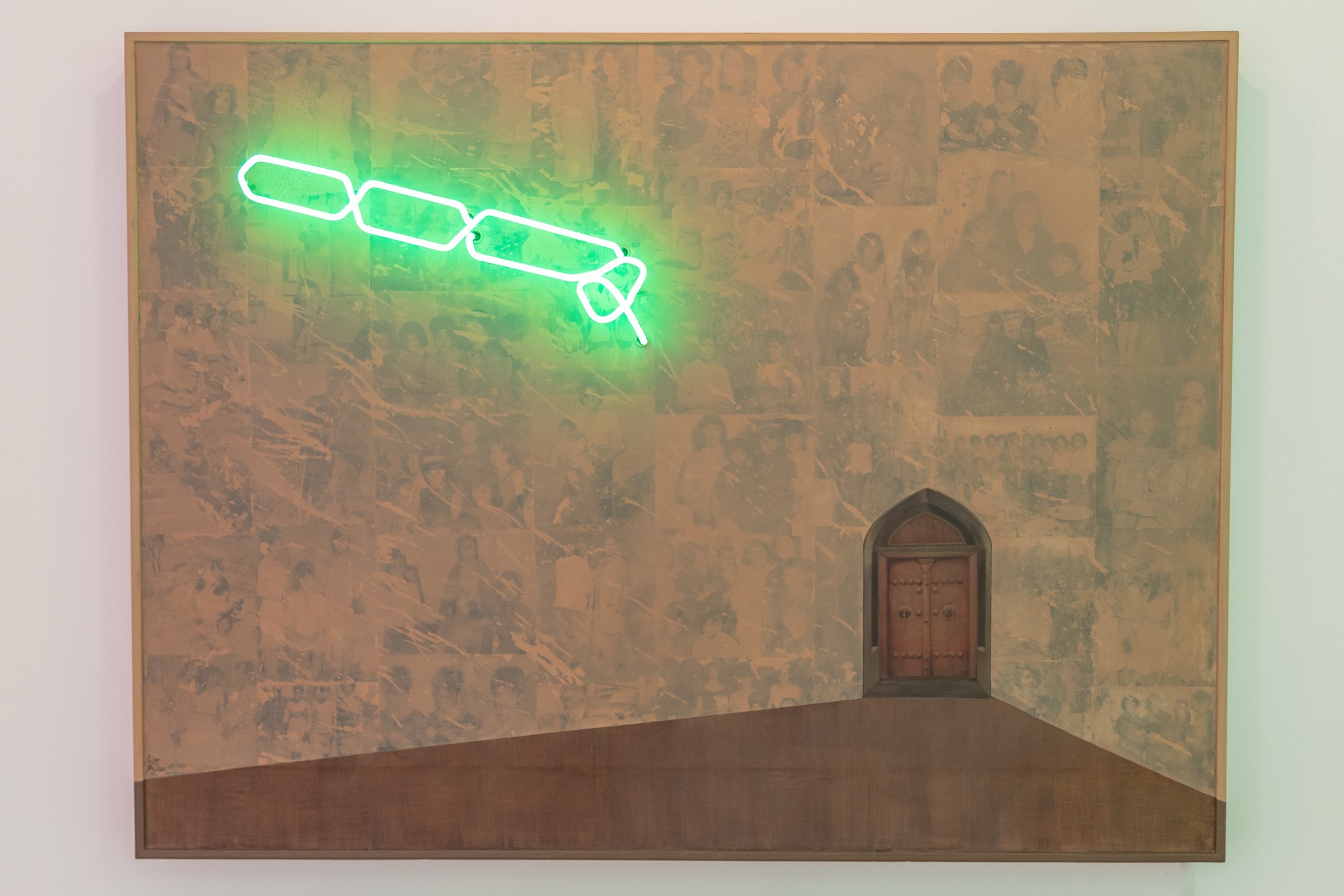
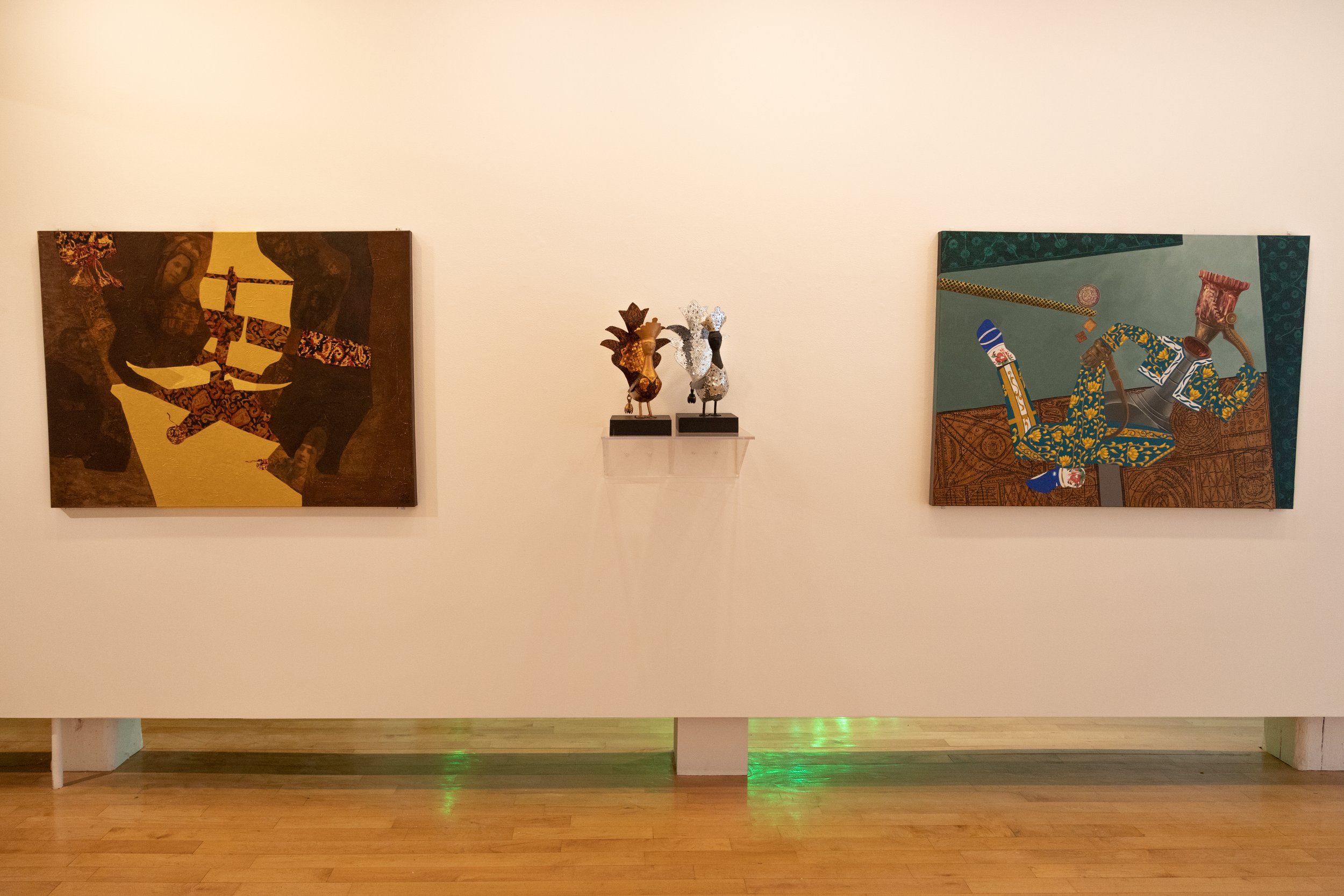
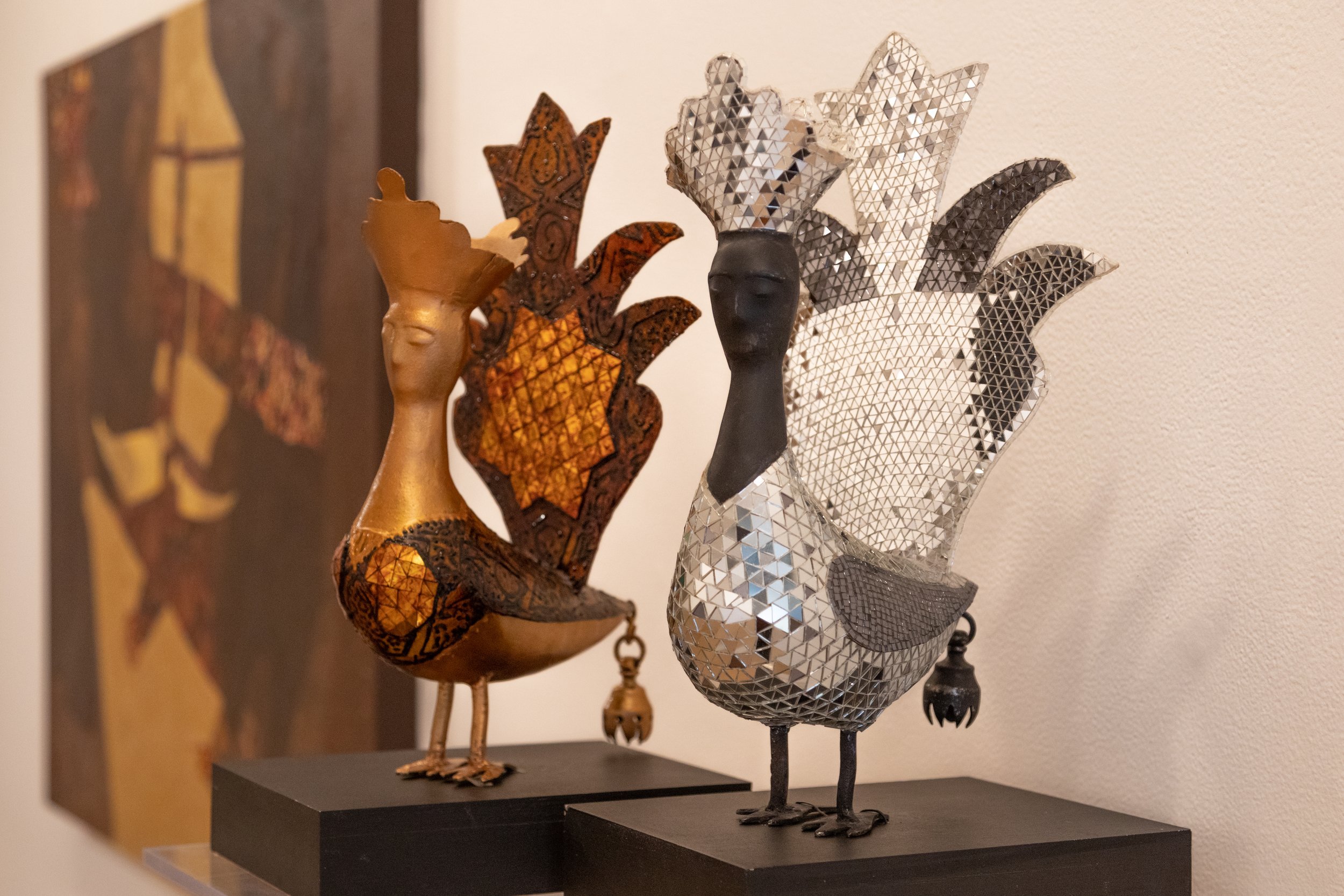
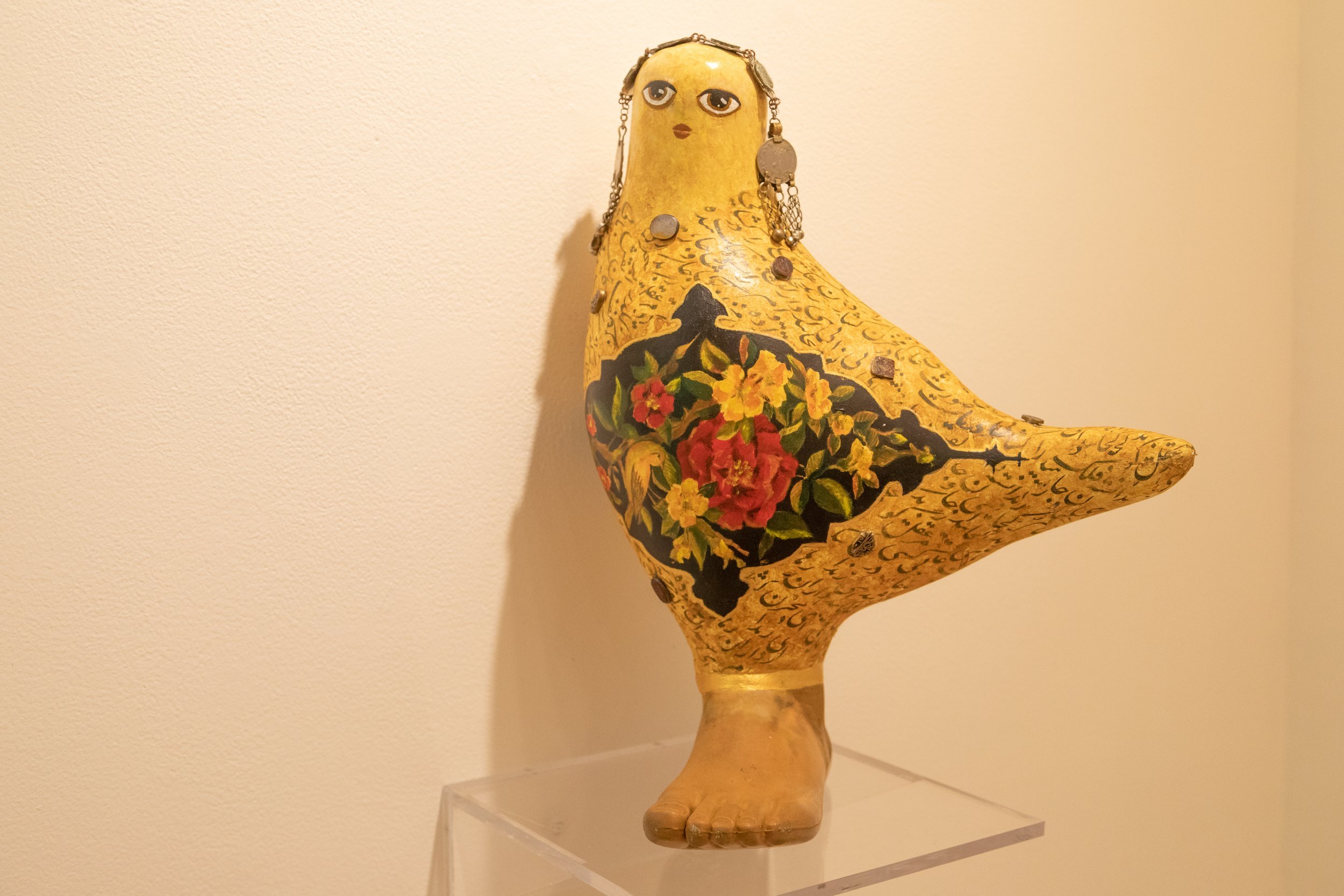
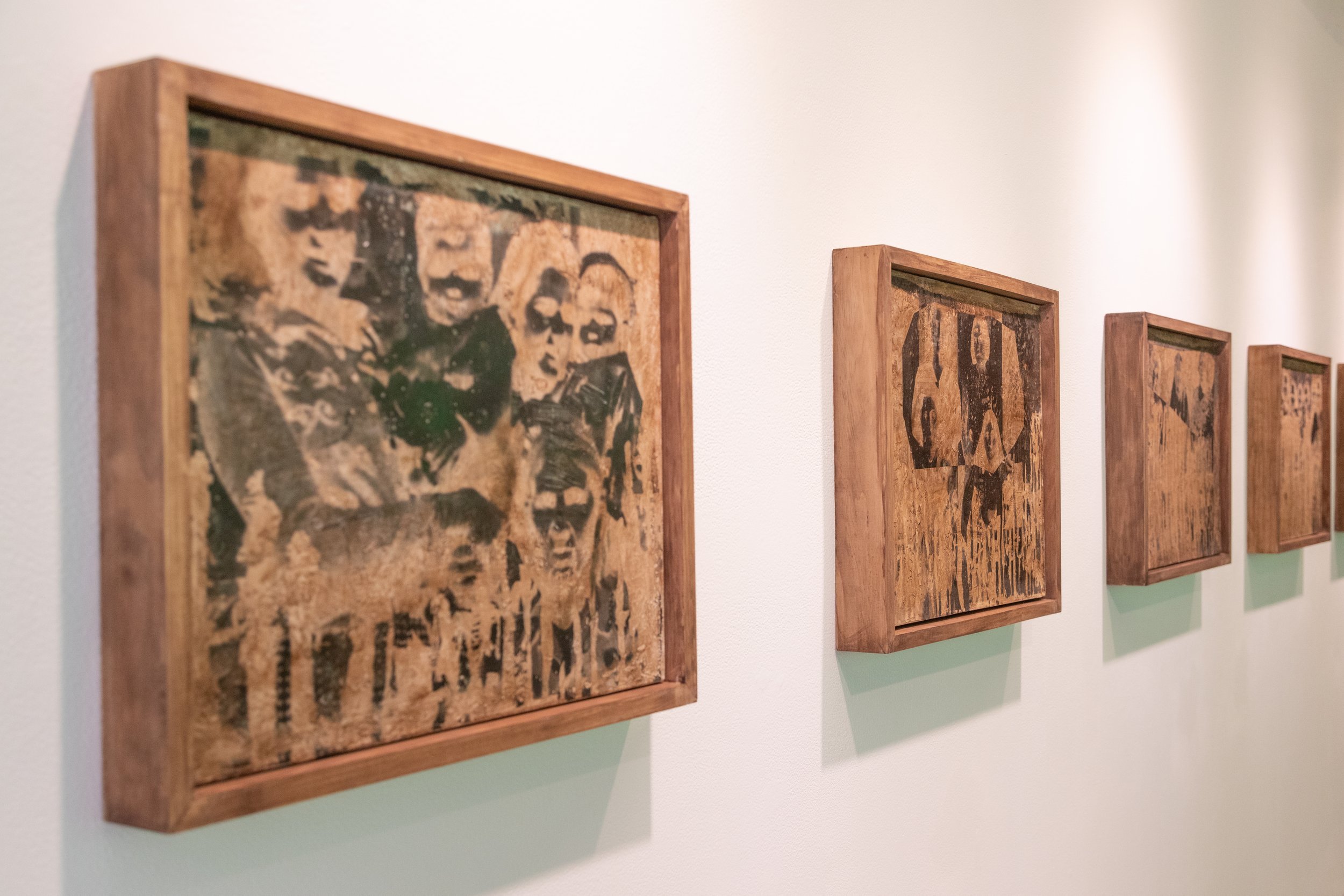
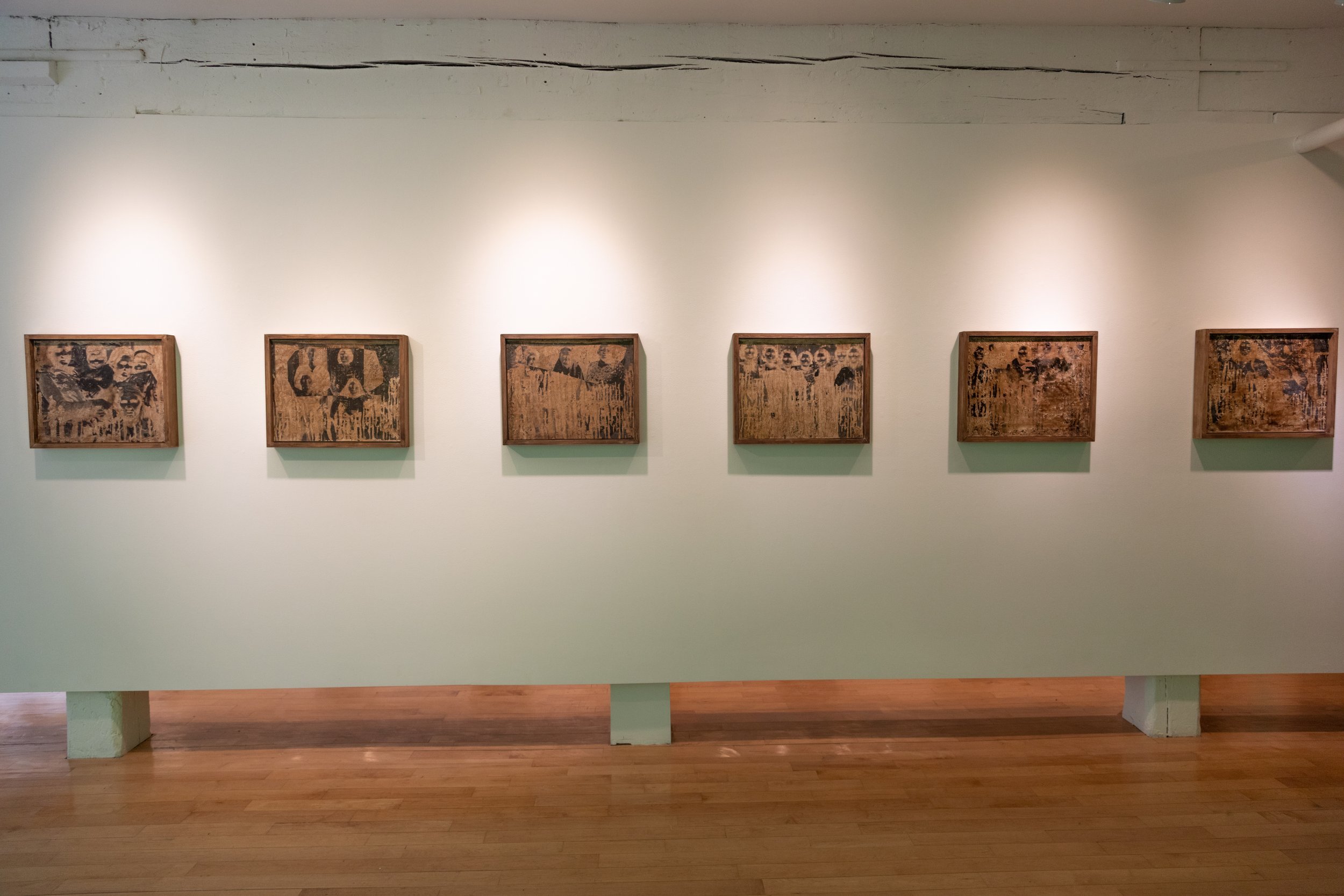
Minoo Emami: Andaruni Landscapes
With this body of work, I look back on and reconfigure the Persian Andaruni (courtyard) as an anthropological architectural living space. Courtyards are common to residencies throughout most of the Islamic world, owing as much to living traditions as climate. Typically, it is a garden that is surrounded by rooms and no window to the public space. Because the courtyard is the traditional private domain of women, I use Andaruni as a thematic element to demonstrate a meaningful continuum that makes these spaces so vital for a nuanced understanding of Islamic domestic culture and its magical beauty. Its location on the axis of the entrance is determined by notions of privacy which are prevalent in Muslim culture. Where the demand for privacy is higher, the movement to Andaruni may follow a complex pact. The architecture symbolizes the Islamic rules and moral burdens that force women to find their way out to these social and political spaces in the contemporary landscape of Iran.
Since 2000, my anti-war series addressed war and its long-term consequences, trauma, and personal identity through storytelling in multidisciplinary art projects including 50 paintings, many drawings, and 15 sculptures. In my Peace March project (submitted), each sculpture is inspired by true stories from interviews with Iranian and Iraqi women. Through the portrayal and utilization of used arm and leg prostheses, I transform trauma into objects of beauty and resilience. This project aims to highlight people’s devastation by the consequences of war in the Middle East, and especially women, whose role has always been undermined in their societies. Using Persian and Arabic traditional aesthetics, material and techniques, the project highlights the continuity of war and conflict in the Middle East.

